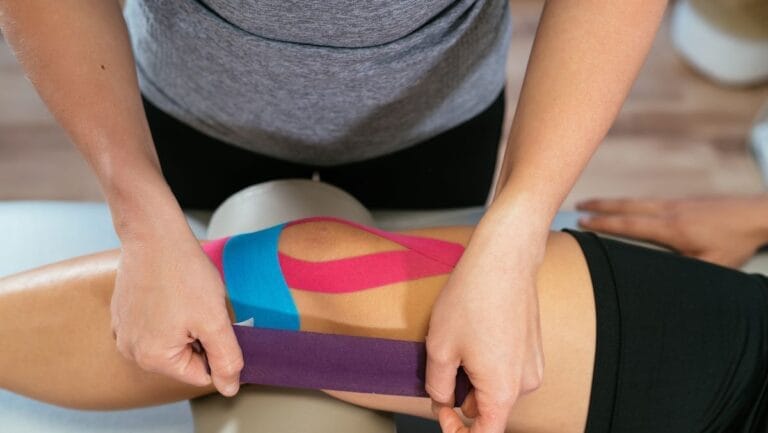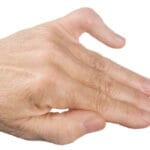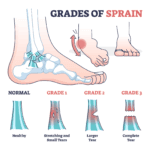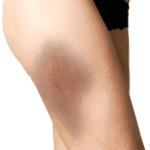Adolescent anterior knee pain, often seen in active teenagers, particularly girls, manifests as discomfort in the front and center of the knee, usually beneath the kneecap. This condition typically stems from overuse, improper training techniques, or muscle imbalances rather than a structural defect.
- Anatomy and Function:
- The knee, the largest joint, consists of the femur, tibia, and patella, cushioned by articular cartilage.
- Ligaments stabilize the knee, while tendons connect muscles to bones, involving the quadriceps and patellar tendons.
- Causes:
- Weak quadriceps can lead to poor kneecap alignment, causing stress on tendons or cartilage.
- Other factors include muscle imbalances, tight muscles, leg alignment issues, improper training techniques, changes in equipment or surfaces, and sudden increases in activity.
- Symptoms:
- Gradual onset of dull, achy pain, often activity-related.
- May include popping or crackling sounds, pain at night, and discomfort during activities like jumping or squatting.
- Uncommon symptoms such as swelling, clicking, or the knee giving way indicate the need for a doctor’s evaluation.
- Diagnosis:
- A physical examination to assess knee alignment, stability, and muscle condition.
- X-rays and possibly MRI scans to check for structural issues if symptoms persist.
- Treatment:
- Activity modification, emphasizing low-impact exercises like biking or swimming.
- Weight loss if needed, technique improvement, and cross-training to balance muscle strength.
- Physical therapy exercises focused on strengthening and stretching the quadriceps.
- Use of ice, orthotics, and over-the-counter NSAIDs for pain relief.
- Prevention:
- Maintaining proper conditioning, appropriate footwear, thorough warm-ups, and regular stretching.
- Avoiding activities that previously caused pain and balancing training to prevent overuse injuries.





